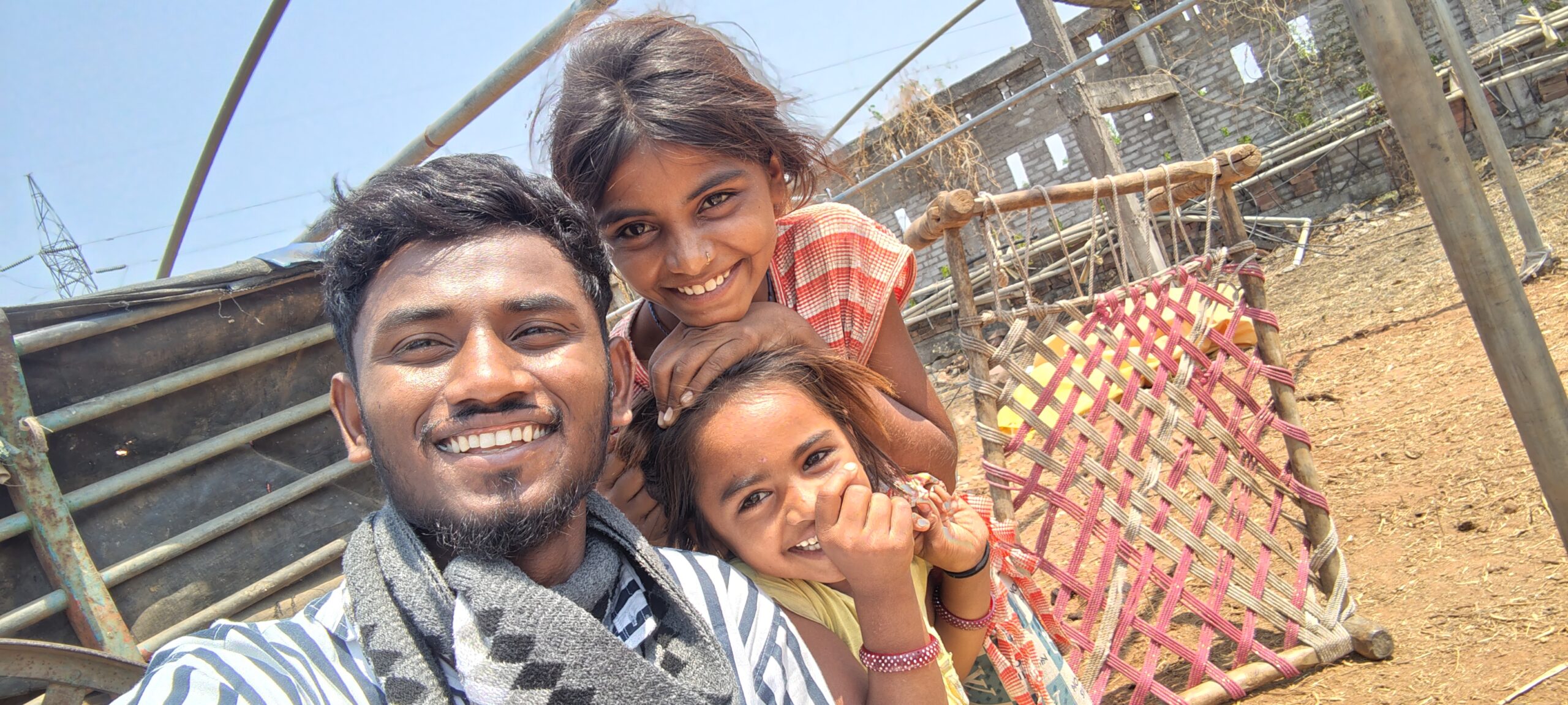Editor – Nikita Dewase
Asola – A World Created by Children
Sushma Maharwade
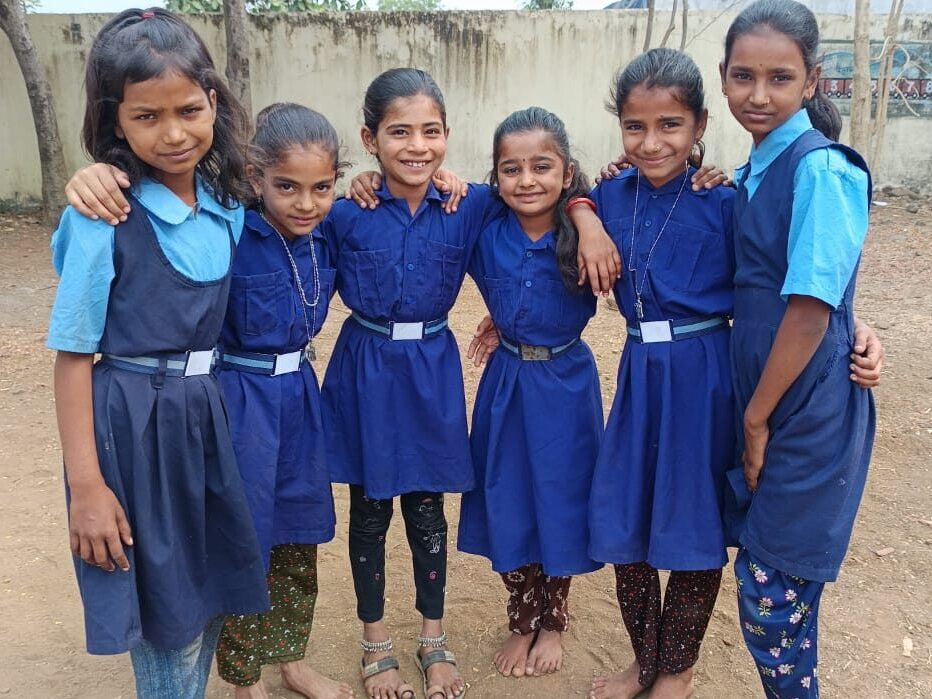
There are two distinct communities in Asola hamlet, the Bharwad and the Pardhi. Both communities are known for their unique traditions and lifestyles.
Both communities have different ways of living and they are quite separate from each other. For many years, children from these two communities kept their distance. They neither played together nor studied together at school. Often, fights would break out between them, which only deepened the divide. Among the Bharwad children, there was hesitation and discomfort around the cleanliness habits of the Pardhi children, which made it difficult for them to mingle.
To change this situation, we initiated some steps. We decided to introduce classroom activities that required children to work in groups and study together. We included group games and activities, and during prayer time, we would seat a Pardhi child between two Bharwad children. This gave the children a chance to interact and live together harmoniously. As time passed, we began to see positive results from these efforts.
In the beginning, Bharwad children were afraid to visit the Pardhi neighborhood, but slowly friendships began to blossom. It was heartening to see that now, Jyoti from the Bharwad community would go to Suhani’s house in the Pardhi community to play whenever there was a holiday.
Earlier, the children who had no one willing to sit with them were now holding hands and playing together. They had started talking to each other freely. This transformation not only created new friendships among the children but also fostered mutual understanding and cooperation between the two communities. Now, from time to time, both communities celebrate festivals together and help one another. This change teaches us that despite our differences, when we work together, a new journey of friendship and cooperation can begin.
Chakrighat – Walking Alone: Towards Self-Confidence
Pallavi Dodke
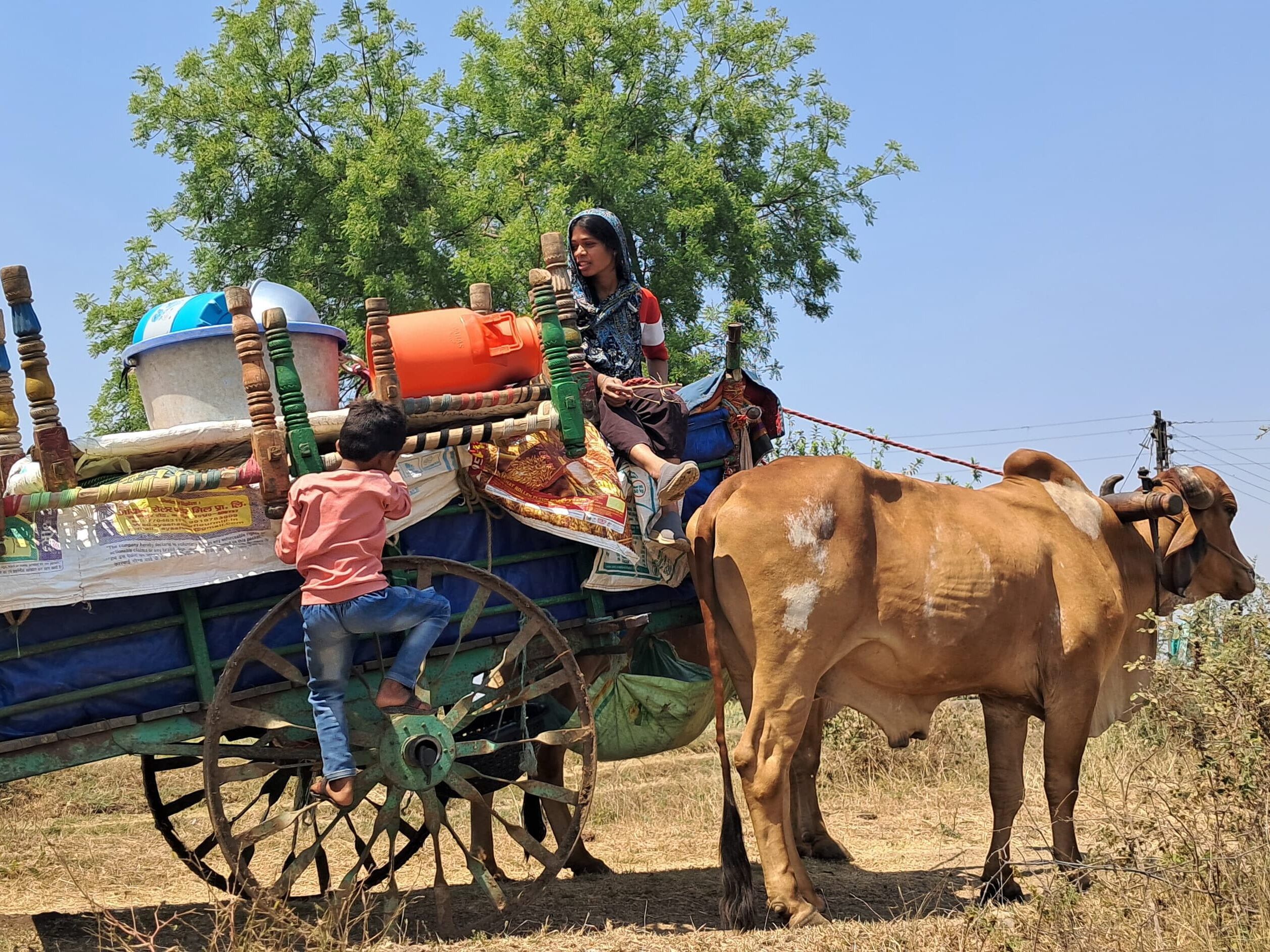
When our community migrates during summer, it doesn’t go in one direction together—different families go in different directions.
As a result, the entire community gets scattered across various areas. Reaching these scattered hamlets becomes a major challenge for us.
Our goal is to reach the children, keep them connected to education, and monitor their progress. Our work throughout the year revolves around these areas. On regular days, we (my co-fellow Komal and I) would visit the hamlet where more children were present. But in the beginning, we didn’t know exactly where these locations were. Sometimes, we’d ride on milk trucks, travel along rough roads or through fields to reach them.
However, at the end of the year, we faced a completely different challenge—conducting the endline assessments of these scattered children. The endline exam is the final evaluation of a child’s progress over the year. Earlier, we would visit places where most children were gathered. But this time, we had to go to every single bede—no matter if there was only one child, it was still important to go and conduct their exam.
The difficulty was that time was short, and the children had now spread out in different directions. If both of us went to the same place, it would waste time. So we decided that this time, we would go separately, each of us in a different direction. It was the first time I would travel alone. My mind was flooded with questions: How will I go alone? Will I find the way? Will it feel safe? What will the people be like? What if something goes wrong? But eventually, all those questions faded away, and only one thought remained in my heart:
“I have to go—for the children.”
And so, I set out. The path was unfamiliar, but the faces I met along the way felt familiar. And finally, I reached the bede. When I met the child and spoke with them, I felt all my nervousness disappear. I started to feel like I was a part of that community. This experience taught me so much. Just because I was alone, didn’t mean I was weak.
Thanthan – Preparation for Abhivyakti and the excitement of the Children
Pallavi Shambharkar
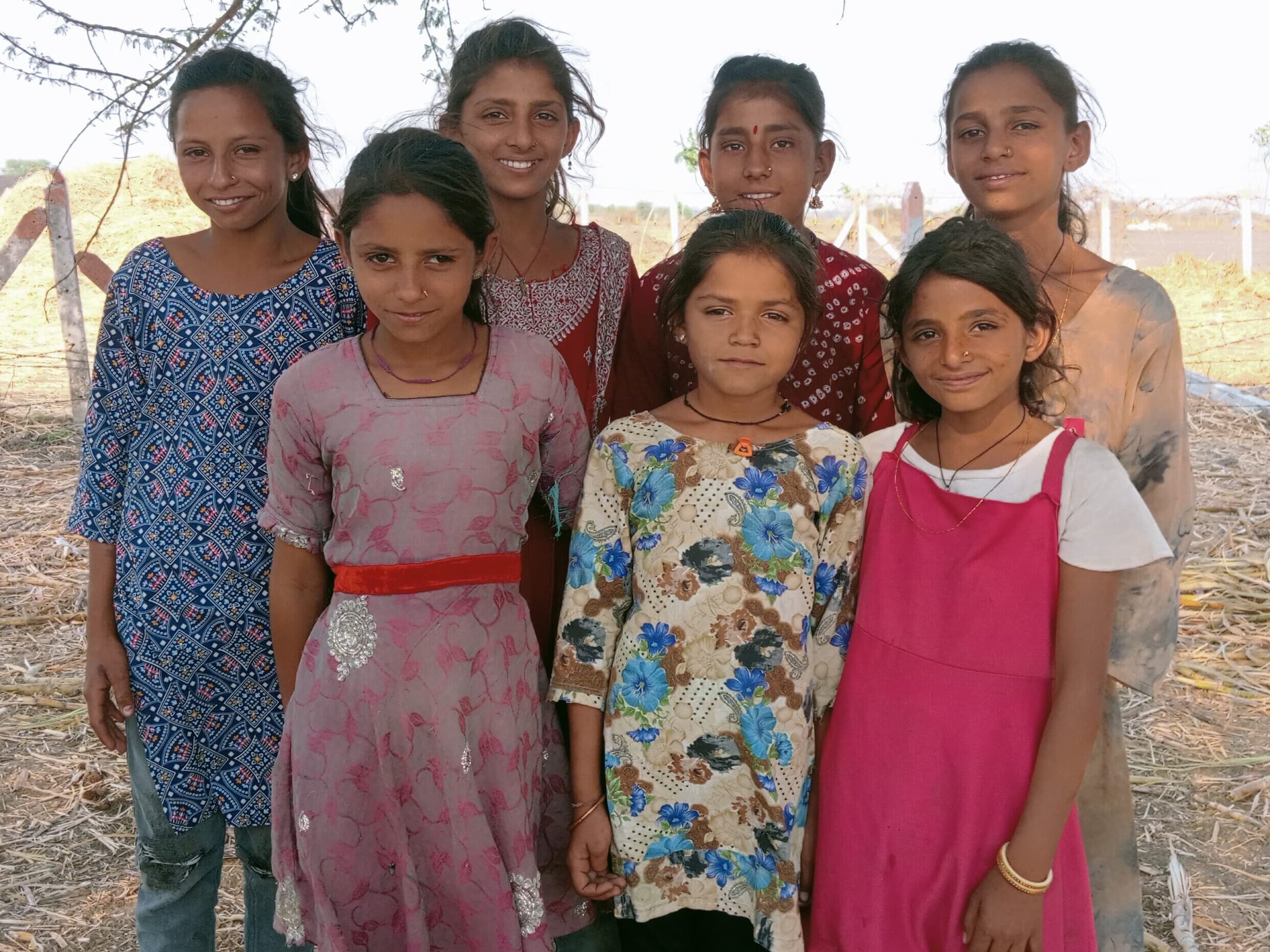
When the children were informed about the Asola Abhivyakti Mela, they became very excited. From the youngest to the oldest, all the children started asking, “Didi, when are we going? What will happen there?” The sparkle in their eyes made the atmosphere even more cheerful.
We also made sure to visit the children’s homes and inform their parents. We told them that we would be going to Asola on the 16th. During our home visits, we noticed that the didis and bhais (children’s parents) were also excited. All the children were enthusiastically preparing for the dance and lathi-kathi (traditional dance form with wooden sticks) practice. The girls were coming every day for dance practice. If any girl didn’t show up, the others would go to her house to invite her. They had taken this responsibility upon themselves. Similarly, the boys would come on time for stick practice and would also call others to join them.
There was a boy named Jignesh who initially struggled with the stick practice. His stick kept falling again and again. But he never gave up. He practiced every day, and now he can handle the stick very well. His hard work paid off. For almost a month, we had been discussing the arrangements for the vehicle with the bhais. Everyone kept saying, “It will be arranged, there’s still time.” But when there was just one week left to go to Asola, the vehicle was still not arranged because all the vehicles were going to collect fodder. This started worrying the children, and they asked, “Didi, how will we go to Asola?”
Then, I spoke with the community leader, Siddhu Bhaiya. He spoke with everyone, but no solution could be found. Even though there were some vehicles available, there were no drivers for them. On the morning of the 5th, I went to Siddhu Bhaiya again and asked if the vehicle arrangements had been made. He said, “I’ve spoken to everyone, but it hasn’t been possible.” I already had the number of a vehicle owner, so I called him immediately and explained the entire situation. He agreed to help. When I told the children that the vehicle was arranged, their happiness knew no bounds. They were jumping with joy and saying, “Didi, we are going!”
Rahul’s Maths Learning Journey: From Fear to Confidence
Pritam Nehare
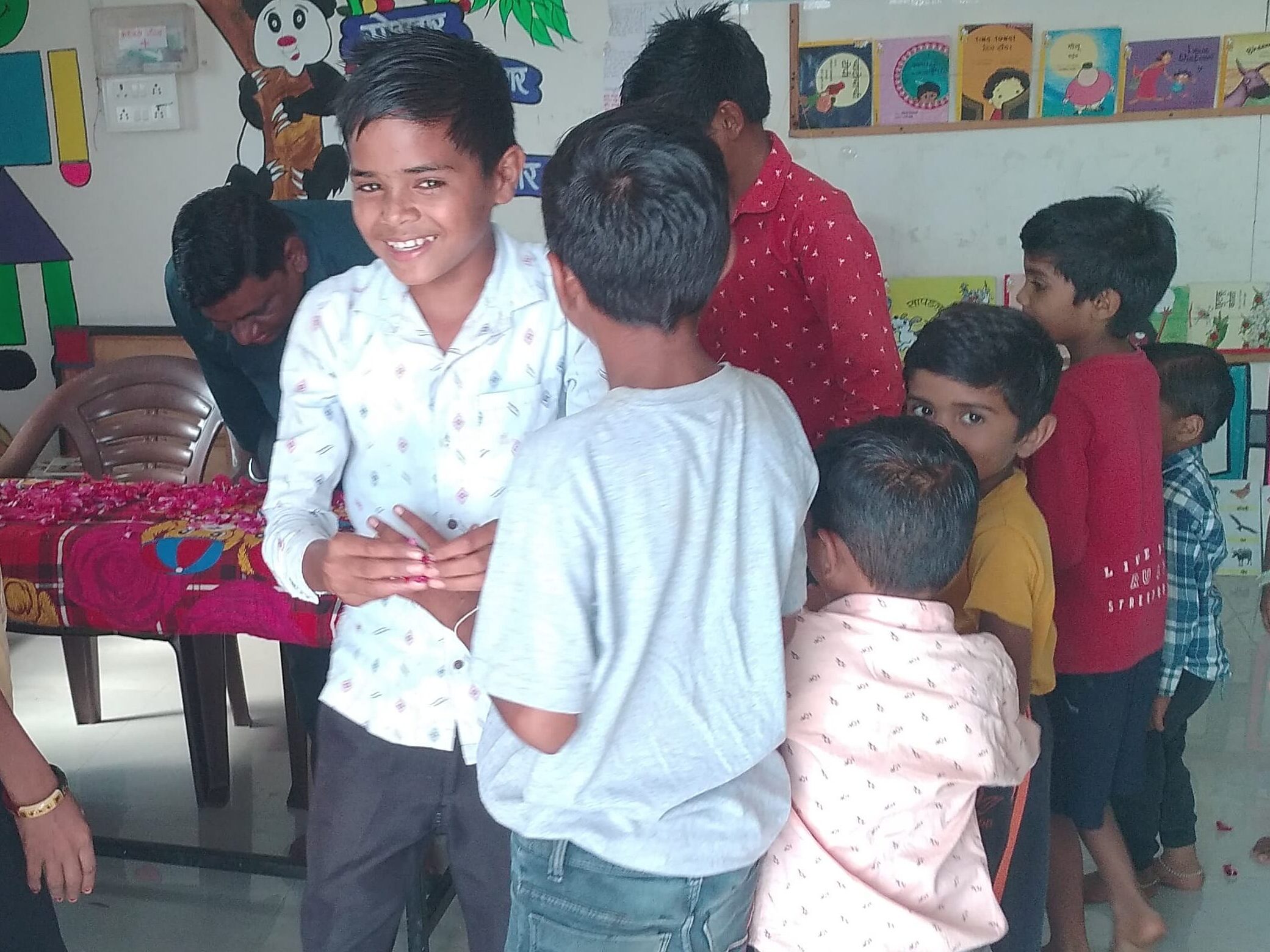
When Rahul first came to the Hamlet, he didn’t pay any attention to his studies at all. However, gradually, changes started to appear in him.
In the first three months, he learned to write and read properly. But then, suddenly, while playing, he broke his hand, and he started coming to school less frequently. It had only been a few months when he began to develop an interest in studying, but it felt like his educational journey had come to a halt. As months passed, his studies started to decline. Teaching him became a challenge for me. But there was one special thing—despite the setback, he started walking again. Rahul began coming to school regularly, and that’s when his real preparation began. He had to relearn everything.
He often said, “I don’t know.” His older brother, Suresh, would watch him study, and he too felt, “I should learn as well.” Rahul always said, “I want to learn, but I don’t understand. No one helps me.” Then I told him, “Whenever you feel that something isn’t making sense, you must ask me.” One particular thing was that Rahul found mathematics a bit difficult. In the beginning, he didn’t even know how to count. But gradually, he learned the multiplication tables and began making progress in math. First, he learned single-digit addition and subtraction. Then, when he couldn’t understand two-digit problems, I taught him in simple ways. This is how his learning journey took a new turn.
Earlier, he was very afraid of math, but when he started solving math problems, his confidence grew. He started saying, “Bhaiya, give me two-digit problems!” Then he said, “Now give me three-digit ones!” And soon, he was solving three-digit problems easily. Rahul’s journey in math wasn’t easy, but due to his hard work, he started enjoying math. When teaching him, a sweet smile and enthusiasm to learn were clearly visible on his face. Today, he’s doing math, and he always says, “I want math!” From Rahul’s journey, one thing we should always remember is:
“Never stop learning, the right time to learn is always there!”
